America’s diverse ecosystems support wildlife encounters that range from heart-stopping predator sightings to gentle interactions with creatures that seem almost mythical in their beauty and behavior. These experiences connect us to natural processes that operate independently of human schedules and expectations, creating memories that often prove more meaningful than any manufactured entertainment.
The key to memorable wildlife encounters lies in understanding that we’re visitors in these animals’ territories—success requires patience, respect, and often considerable luck, as wild creatures follow their agendas rather than tourist itineraries. Here’s a list of 15 wildlife encounters that showcase America’s natural heritage at its most spectacular.
Grizzly Bear Viewing in Alaska
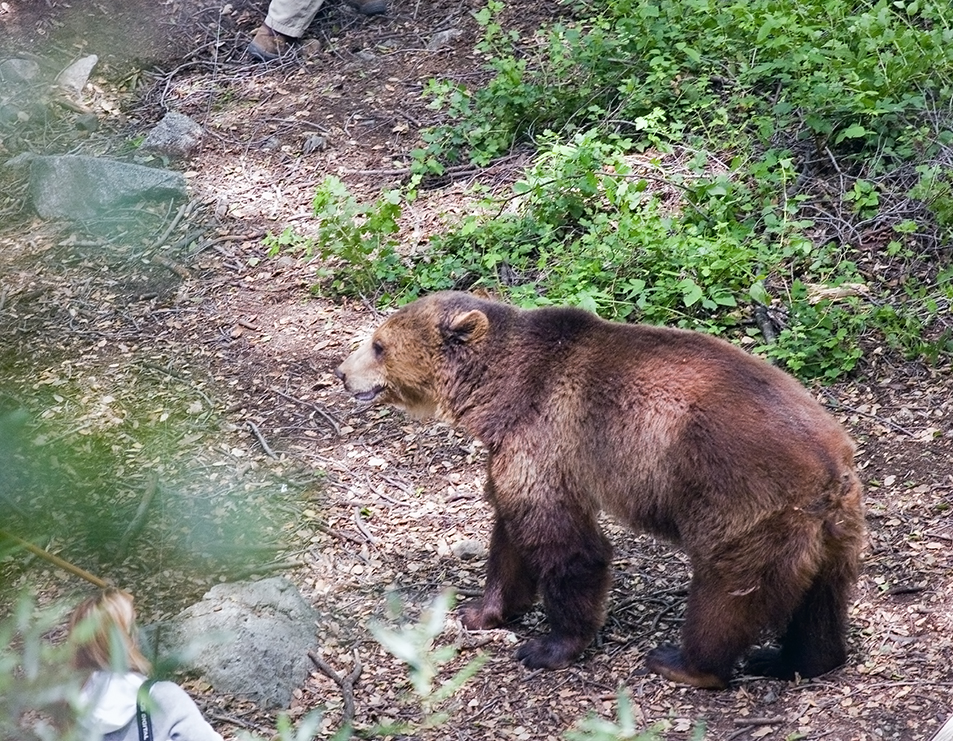
Alaska’s coastal brown bears congregate at salmon runs, where fishing success creates opportunities to observe these massive predators in their natural element without the safety concerns associated with surprise encounters. Brooks Falls in Katmai National Park provides world-class bear viewing, where multiple bears fish simultaneously while maintaining the social hierarchies that prevent conflicts.
The experience requires flying to remote locations and following strict protocols, but witnessing 1,000-pound bears demonstrate fishing techniques that they’ve perfected over thousands of years creates an understanding of wilderness that no documentary can provide.
Gray Whale Migration in California
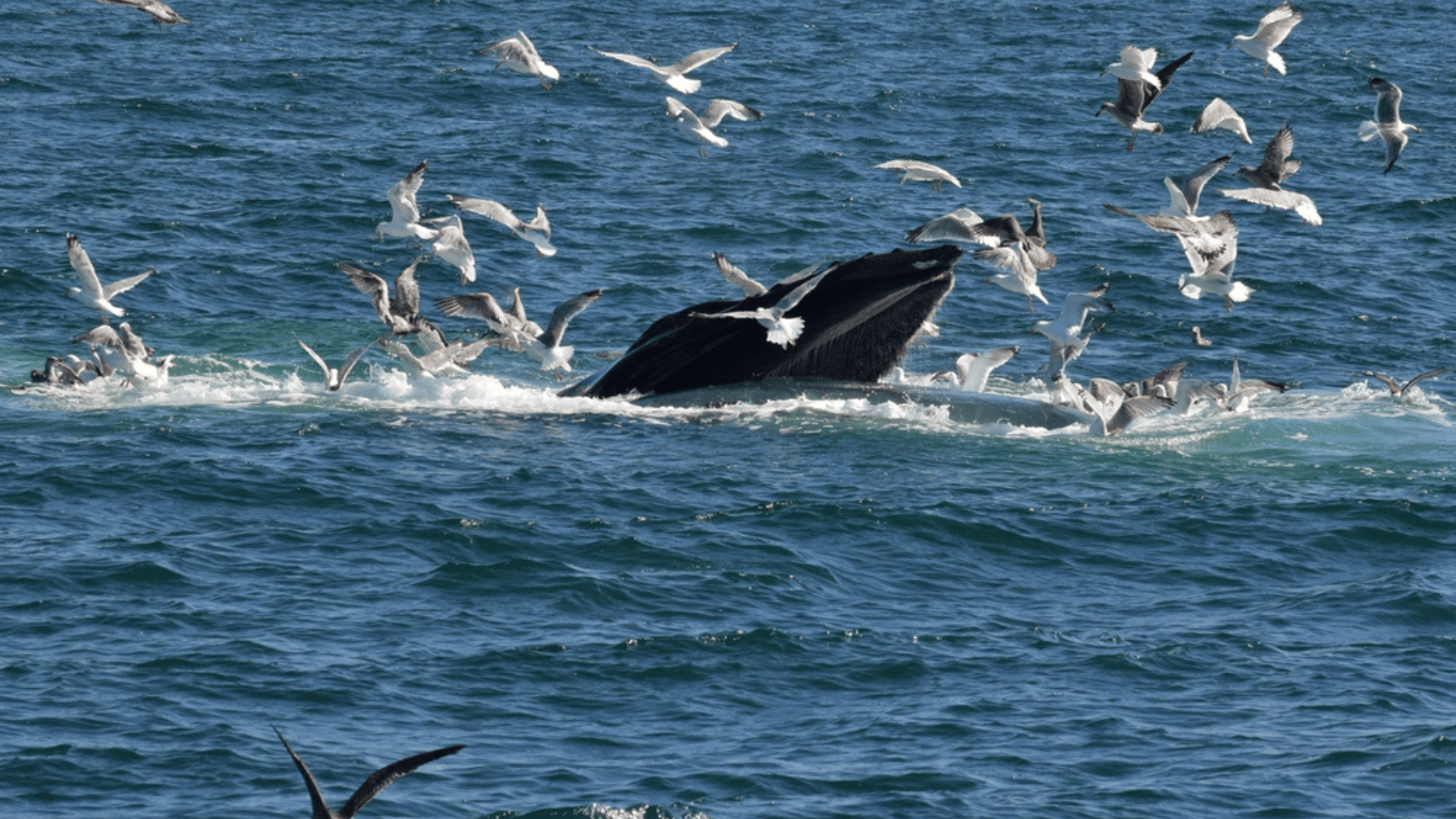
The Pacific Coast’s gray whale migration represents one of the longest animal migrations on Earth, with opportunities to observe these marine giants from shore positions along the entire California coastline. Point Reyes and Monterey Bay offer particularly reliable viewing during winter months when southbound whales pass close to shore on their way to Mexican breeding lagoons.
The whales’ predictable timing and coastal route mean that patient observers often witness behaviors like breaching and spy-hopping that reveal intelligence and curiosity that challenge assumptions about marine mammal consciousness.
Like Travel Pug’s content? Follow us on MSN.
Bison Herds in Yellowstone
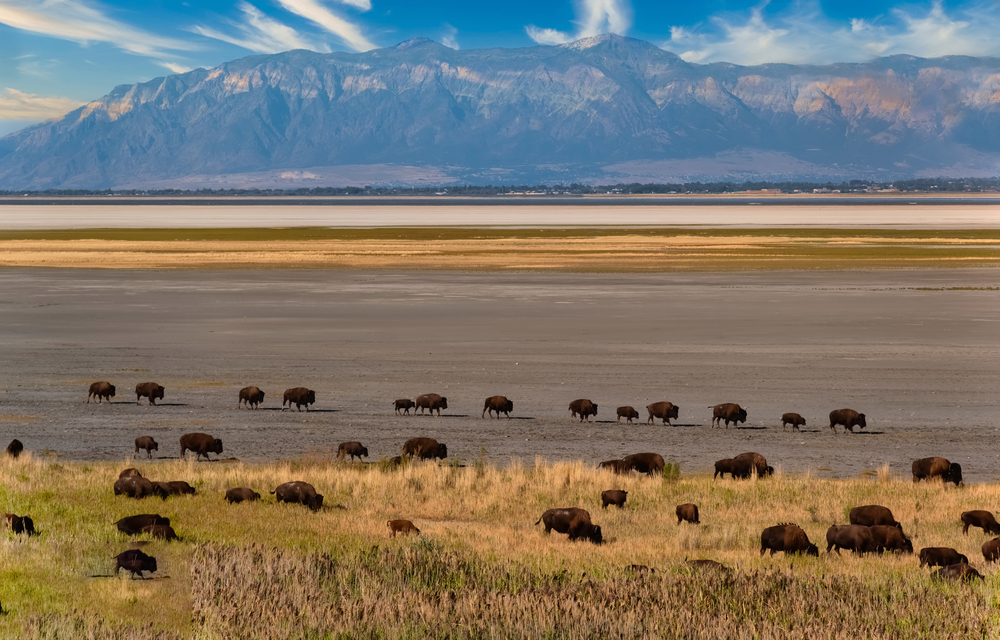
America’s largest land mammals roam freely across Yellowstone’s vast landscapes, where herds of several hundred animals create scenes that duplicate the Great Plains’ historic abundance. The Lamar and Hayden valleys provide optimal viewing opportunities where bison demonstrate social behaviors, seasonal migrations, and interactions with predators that illustrate ecosystem relationships that once covered much of North America.
Winter viewing often proves most spectacular as bison use their massive heads to sweep snow from grass while creating scenes that seem lifted from Ice Age landscapes.
Manatee Swimming in Florida
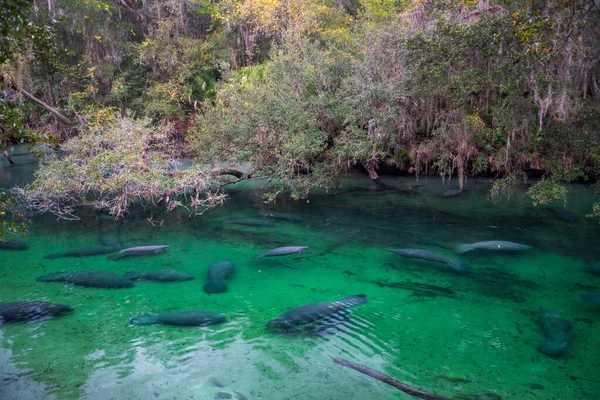
Crystal River’s warm spring waters attract hundreds of manatees during winter months, where snorkeling allows close encounters with these gentle marine mammals in their natural habitat. The manatees’ curiosity often leads to interactions where these massive creatures approach swimmers with remarkable gentleness, creating connections that demonstrate intelligence and social awareness.
Swimming regulations protect both manatees and humans while allowing experiences that reveal why these animals inspire such passionate conservation efforts among those who encounter them personally.
Polar Bear Watching in Churchill

Manitoba’s Hudson Bay coast provides the world’s most accessible polar bear viewing, where fall sea ice formation concentrates bears in areas that allow safe observation from specialized vehicles. The bears’ behavior during this waiting period reveals social dynamics, hunting strategies, and adaptation techniques that demonstrate remarkable intelligence and physical capabilities.
The remote location and challenging weather conditions make this encounter feel like genuine Arctic exploration while providing insights into climate change impacts that affect polar bear survival.
Like Travel Pug’s content? Follow us on MSN.
Sandhill Crane Migration in Nebraska

The Platte River’s spring migration creates one of North America’s most spectacular wildlife gatherings, where over 500,000 sandhill cranes stage for several weeks before continuing to Arctic breeding grounds. The birds’ ancient calls and elaborate mating dances create sensory experiences that connect observers to migration patterns that predate human civilization.
Dawn and dusk viewing from riverside blinds allows close observation of behaviors that reveal complex social structures and navigation abilities that continue to puzzle scientists.
Sea Turtle Nesting in Georgia

Georgia’s barrier islands provide nesting beaches where loggerhead sea turtles emerge from the Atlantic to lay eggs in dunes where they were born decades earlier. Guided night tours during nesting season allow observation of this ancient ritual while protecting both turtles and their nests from human interference.
The experience of watching a 300-pound turtle laboriously dig her nest and deposit eggs reveals determination and instinctual knowledge that connects current conservation efforts to evolutionary processes spanning millions of years.
Elk Bugling in Colorado

Rocky Mountain National Park’s fall rutting season creates opportunities to hear elk bugles that echo across mountain valleys while observing mating behaviors that demonstrate the power and grace of North America’s largest deer species. The bulls’ elaborate displays and haunting calls create wilderness soundscapes that rival any natural phenomenon for emotional impact.
Dawn and dusk viewing in meadows like Moraine Park and Horseshoe Park provides reliable encounters while maintaining safe distances from animals whose behavior becomes unpredictable during mating season.
Like Travel Pug’s content? Follow us on MSN.
Humpback Whale Feeding in Alaska
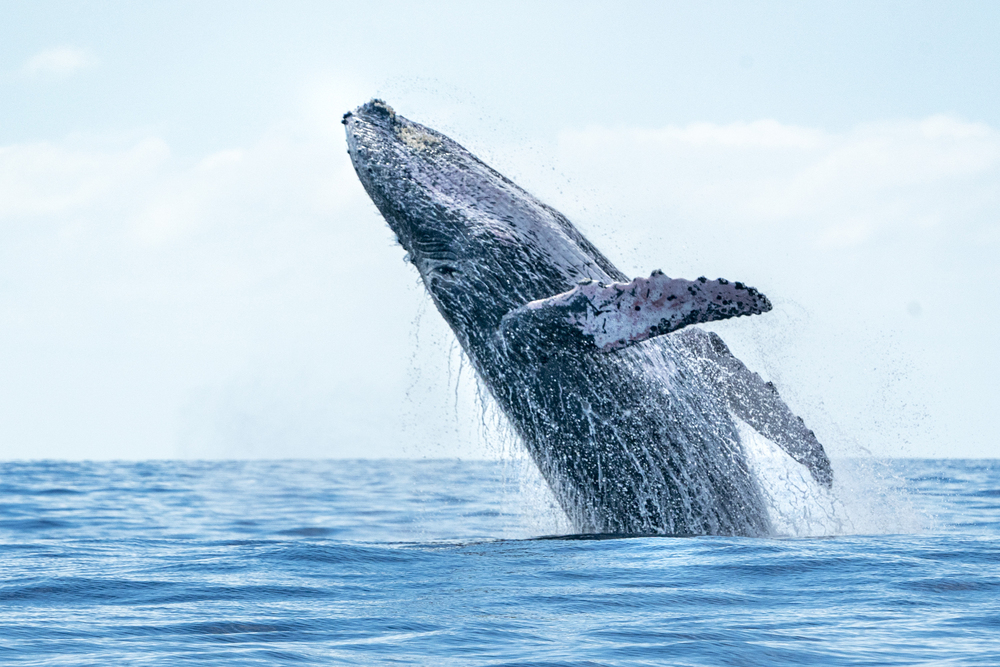
Southeast Alaska’s Inside Passage provides opportunities to observe humpback whales employing bubble net feeding techniques that demonstrate complex cooperative behaviors and intelligence that rivals that of terrestrial mammals. The whales coordinate their efforts to trap schools of herring or krill in nets of bubbles before lunging upward with massive mouths open, creating spectacles that reveal sophisticated hunting strategies.
Boat-based viewing allows close observation while respecting regulations that protect both whales and observers from dangerous encounters.
Bighorn Sheep in Desert Southwest

Arizona and Utah’s desert mountains support bighorn sheep populations, where these remarkable climbers demonstrate abilities that seem to defy gravity as they navigate cliff faces that would challenge experienced rock climbers. The sheep’s seasonal movements between water sources create predictable viewing opportunities, while their impressive horns and sure-footed climbing reveal adaptations to environments in which few large mammals can survive.
Patient observation often reveals social behaviors and survival strategies that demonstrate remarkable intelligence and physical capabilities.
Alligator Encounters in Everglades

Florida’s Everglades provide opportunities to observe American alligators in their natural wetland habitat, where these ancient predators demonstrate behaviors that have remained unchanged for millions of years. Anhinga Trail and other boardwalk locations allow safe viewing of alligators that often ignore human presence while hunting, sunning, and interacting with other wildlife.
The experience reveals ecosystem relationships where alligators serve as both predators and environmental engineers whose activities create habitats that support numerous other species.
Like Travel Pug’s content? Follow us on MSN.
Mountain Goat Viewing in Glacier National Park

Montana’s Glacier National Park provides reliable opportunities to observe mountain goats in their spectacular alpine habitat, where these remarkable climbers navigate terrain that challenges even experienced mountaineers. Going-to-the-Sun Road and various hiking trails offer viewing opportunities where goats demonstrate climbing abilities and cold-weather adaptations that allow survival in environments that eliminate most large mammals.
The goats’ white coats against dramatic mountain backdrops create photographic opportunities while their behaviors reveal survival strategies adapted to extreme mountain conditions.
Moose Encounters in Maine

Maine’s North Woods provide opportunities to observe moose in their natural habitat, where these massive deer demonstrate surprising grace and agility despite their imposing size. Early morning and evening viewing in areas like Baxter State Park and the Rangeley Lakes region offers reliable encounters where moose feed in wetlands and demonstrate behaviors that reveal intelligence and adaptability.
The experience of watching a bull moose with a six-foot antler spread wade through a mountain pond creates an understanding of wilderness that transforms casual observers into committed conservationists.
Puffin Colonies in Maine
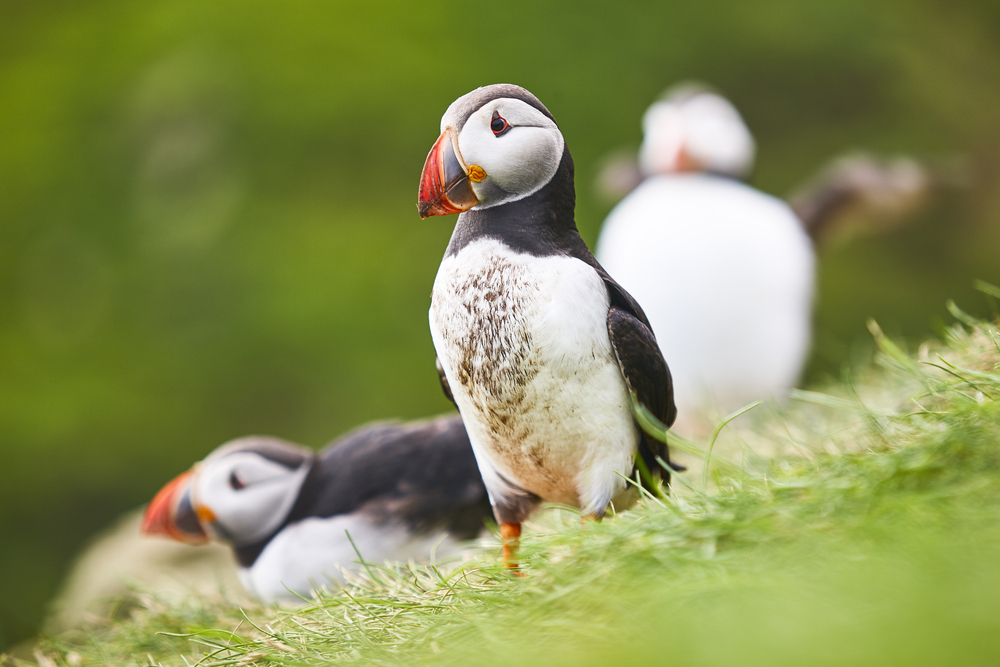
Eastern Egg Rock and Machias Seal Island provide opportunities to observe Atlantic puffins during their brief breeding season, where these charismatic seabirds demonstrate remarkable fishing abilities and social behaviors. Boat tours allow close viewing of puffin colonies where thousands of birds create bustling communities that reveal complex social structures and parenting strategies.
The puffins’ colorful beaks and distinctive appearance create memorable encounters, while their fishing success demonstrates adaptation to marine environments that few birds can exploit successfully.
Like Travel Pug’s content? Follow us on MSN.
Wild Horse Herds in Nevada
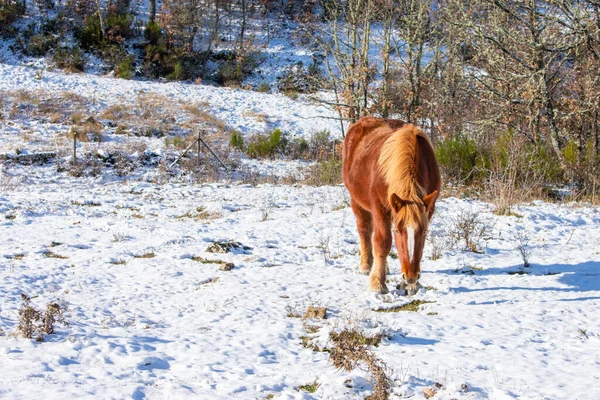
Nevada’s wild horse populations roam vast rangeland where these symbols of American freedom demonstrate social behaviors and survival strategies that connect directly to the animals’ evolutionary heritage. The horses are organized into family bands led by dominant stallions who protect mares and foals while competing with other bands for territory and resources.
Viewing requires patience and respect for animals whose wariness reflects both their wild nature and their complex relationship with human activities that continue to affect their survival.
Wildness Within Reach

These wildlife encounters prove that America’s natural heritage remains accessible to anyone willing to invest time and effort in seeking authentic experiences with wild animals. Each encounter provides lessons in ecology, behavior, and conservation that transform abstract environmental concepts into personal understanding gained through direct observation.
The animals’ indifference to human schedules and expectations creates humbling experiences that remind us of our place in natural systems that operate on scales far beyond human control, making every successful wildlife encounter feel like a privilege rather than an entitlement.
More from Travel Pug

- 20 Best Beach Towns in the Carolinas
- 13 Destinations Where Tourists Regularly Regret Their Trip
- 20 Destinations That Are More Magical Without an Itinerary
- 20 Underrated Adventures That Belong on Your Travel List
- 20 Cities Where You Should Just Wing It, No Planning Required
Like Travel Pug’s content? Follow us on MSN.
